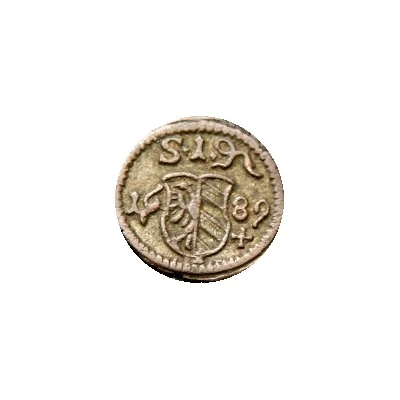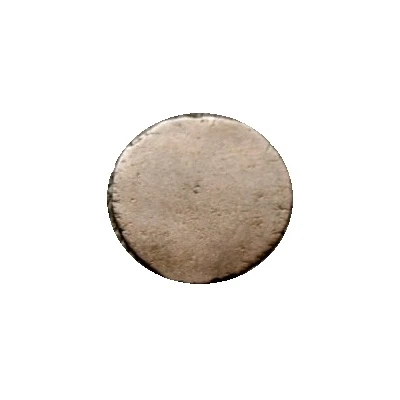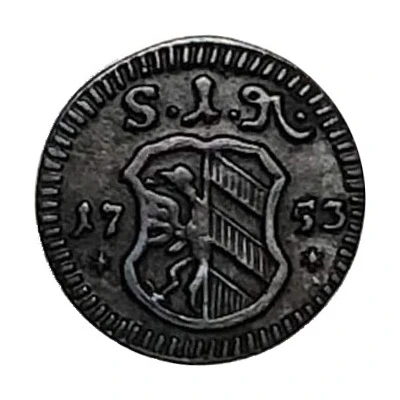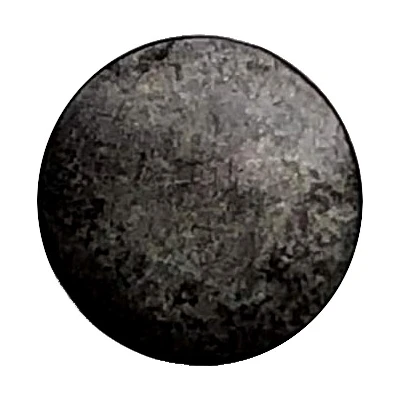


© rafaeltavares.net
1 Pfennig
| Billon | 1 g | 13.9 mm |
| Issuer | Free imperial city of Nuremberg (German States) |
|---|---|
| Period | Free City (1219-1806) |
| Type | Standard circulation coin |
| Years | 1675-1700 |
| Value | 1 Pfennig (1⁄240) |
| Currency | Reichsguldiner (1620-1753) |
| Composition | Billon |
| Weight | 1 g |
| Diameter | 13.9 mm |
| Shape | Round |
| Technique | Milled |
| Orientation | Medal alignment ↑↑ |
| Demonetized | Yes |
| Updated | 2024-10-05 |
| Numista | N#37432 |
|---|---|
| Rarity index | 74% |
Reverse
Uniface (coins struck only on one side).
Comment
The Imperial City of Nuremberg (German: Reichsstadt Nürnberg) was a free imperial city — independent city-state — within the Holy Roman Empire. After Nuremberg gained piecemeal independence from the Burgraviate of Nuremberg in the High Middle Ages and considerable territory from Bavaria in the Landshut War of Succession, it grew to become one of the largest and most important Imperial cities, the 'unofficial capital' of the Empire, particularly because numerous Imperial Diets (Reichstage) and courts met at Nuremberg Castle between 1211 an 1543. Because of the many Diets of Nuremberg Nuremberg became an important routine place of the administration of the Empire during this time. The Golden Bull of 1356, issued by Emperor Charles IV (reigned 1346–78), named Nuremberg as the city where newly elected kings of Germany must hold their first Imperial Diet, making Nuremberg one of the three highest cities of the Empire.[1]The cultural flowering of Nuremberg, in the 15th and 16th centuries, made it the center of the German Renaissance. Increased trade routes elsewhere and the ravages of the major European wars of the 17th and 18th centuries caused the city to decline and incur sizeable debts, resulting in the city's absorption into the new Kingdom of Bavaria on the signing of the Confederation of the Rhine in 1806, becoming one of the many territorial casualties of the Napoleonic Wars in a period known as the German mediatisation.
Interesting fact
One interesting fact about the 1 Pfennig coin from the Free Imperial City of Nuremberg (German States) made of Billon and weighing 1g is that it was minted during a time of great economic and political change in Europe. The coin was issued during the reign of Emperor Leopold I, who ruled the Holy Roman Empire from 1658 to 1705. During this period, the Empire was facing economic challenges, including inflation and debasement of the currency, which led to the introduction of new coinage systems and reforms. The 1 Pfennig coin was part of these reforms, and it was designed to be a more reliable and stable currency than previous issues. Despite the challenges of the time, the coin remains a valuable piece of numismatic history, offering a glimpse into the economic and political climate of 17th century Europe.

